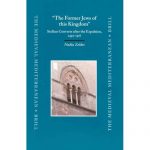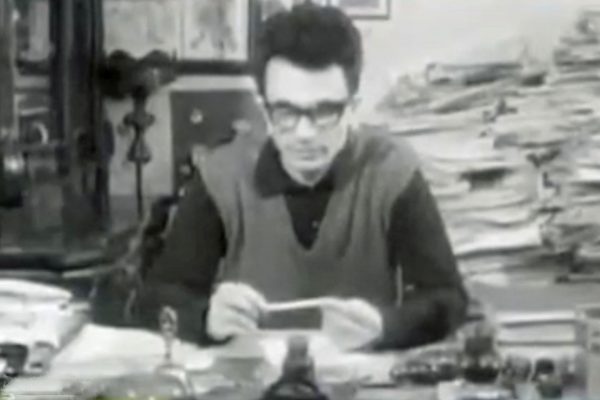Nadia Zeldes, The Former Jews of This Kingdom: Sicilian Converts After the Expulsion, 1492-1516, Brill Academic, 2003
 This book examines the presence of the converted Jews in Sicily following the 1492 expulsion, discussing their legal status, economic activities and integration into Sicilian society, and the phenomenon of conversion and return of many exiles. The research is based on the account of books of the Spanish Inquisition in Sicily and other contemporary sources. Detailed inventories of confiscated property offer insights into the converts’ cultural world, and can also be of interest to the scholar of social and material history in early modern Europe. By focusing on royal policies towards the converted Jews, and on the process of establishing the Spanish Inquisition in Sicily, the study sheds new light on Ferdinand the Catholic’s politics in Sicily and southern Italy.
This book examines the presence of the converted Jews in Sicily following the 1492 expulsion, discussing their legal status, economic activities and integration into Sicilian society, and the phenomenon of conversion and return of many exiles. The research is based on the account of books of the Spanish Inquisition in Sicily and other contemporary sources. Detailed inventories of confiscated property offer insights into the converts’ cultural world, and can also be of interest to the scholar of social and material history in early modern Europe. By focusing on royal policies towards the converted Jews, and on the process of establishing the Spanish Inquisition in Sicily, the study sheds new light on Ferdinand the Catholic’s politics in Sicily and southern Italy.
“The migration of Catalan Jews to Sicily was connected to two coinciding events: the destruction of the Jewish communities in the wake of the 1391 riots and the conquest of Sicily by the Catalan two Martins, the Younger and the Elder who both reigned as kings of Sicily. Refugees from the Aragonese lands, including Catalonia, left the Iberian peninsula for Sicily. This process is attested to by royal permits given to individual Jews or families to emigrate on the one hand, and by the presence of Catalan Jews in Sicilian documentation of the fifteenth century, on the other. Around the same time, Jews of Catalan origins came with the retinue of King Martin and Queen Maria, such as Joseph Abenafia, the king’s physician who became the first Dienchelele (General Judge) of the Sicilian Jewish communities. The immigration of the Catalan Jews to Sicily provoked conflict with local Jewish elites who resented the changes brought by the newcomers. First and foremost were the administrative changes and reorganization of the community orchestrated by Joseph Abenafia, but there were religious aspects to this resentment as the newcomers claimed cultural superiority and a stricter religious observance, as manifested by the quarrels of the Catalan Rabbi Yona de Usiel with local Jews. The presence of Catalan conversos in Sicily is less well-documented but they too represent a cultural and political elite that should be taken into account when discussing Sicilian Jewish history of this period. Finally, my discussion of the Catalan presence in Sicily has important implications for the linguistic and cultural profile of Sicilian Jewry in the last hundred years of its existence. In other words, how did the influx of Catalan and Aragonese Jews affect the Judeo-Arabic speaking autochthonous community?”









